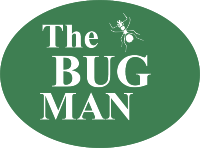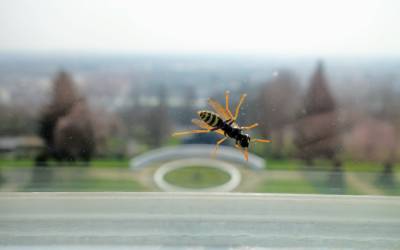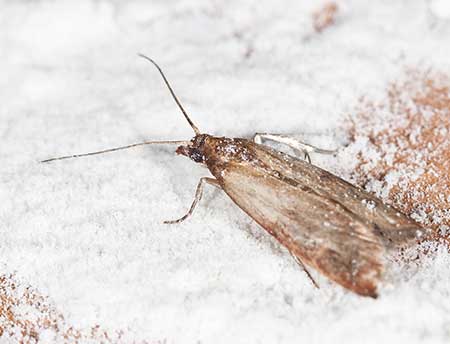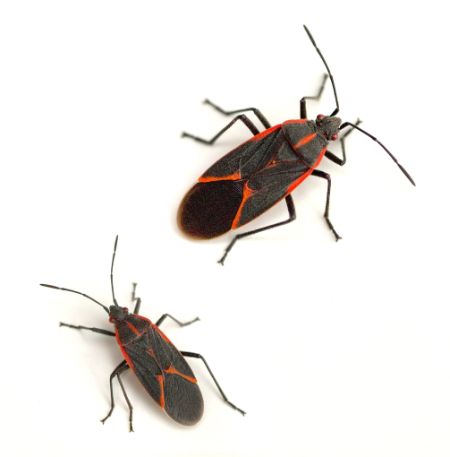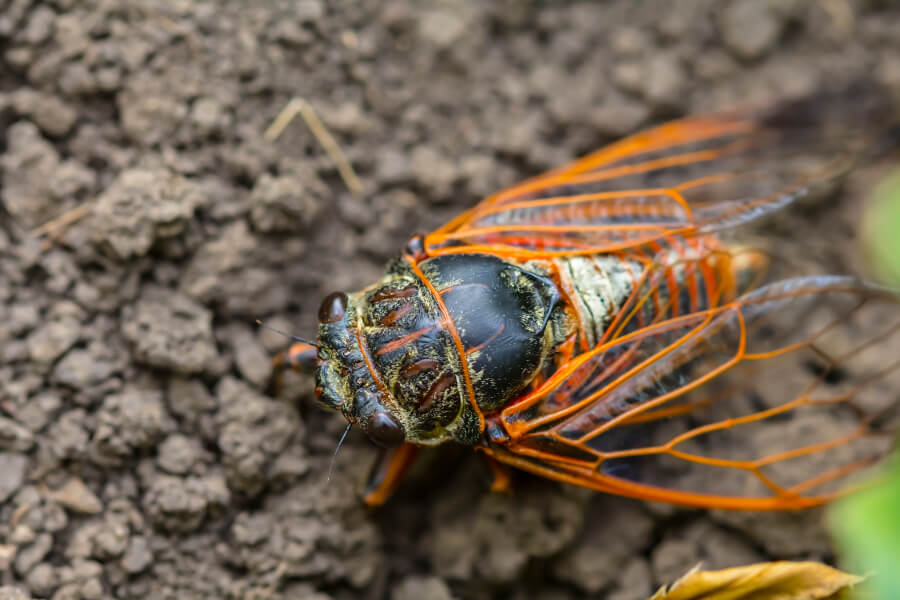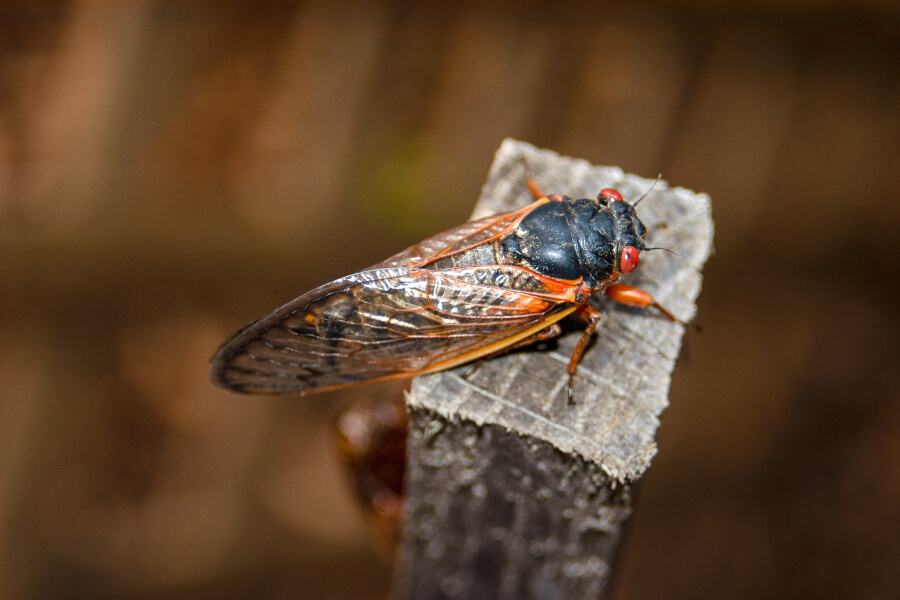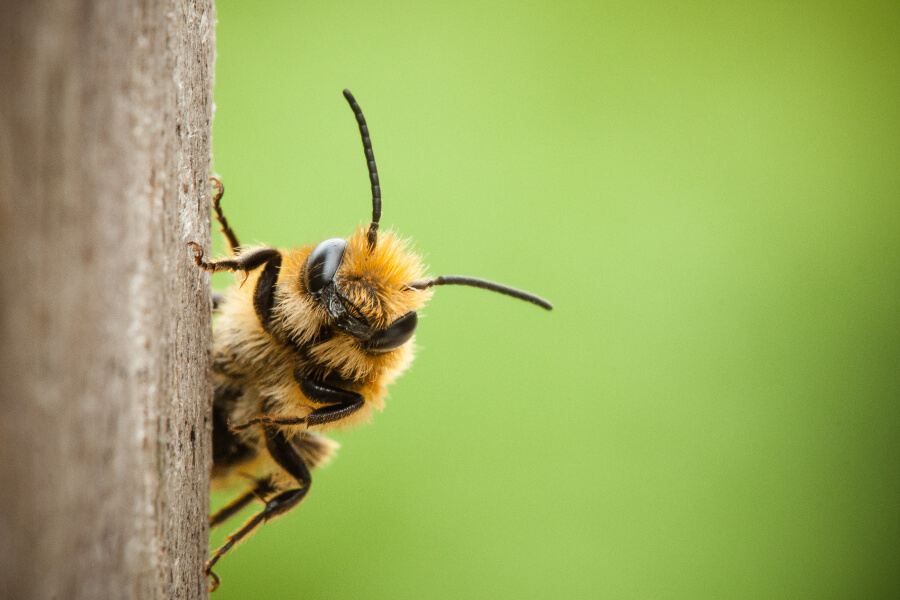Spring and summer is tick season. It’s crucial to be vigilant about ticks on your dogs since these tiny parasites can transmit diseases to humans and dogs alike. Some of the most common tick-borne illnesses include:
The symptoms of these diseases can vary, but typical signs by your dog include fever, joint pain, lameness, loss of appetite, and fatigue. To protect your dog from tick bites, learn about prevention methods, safe tick removal, and when to seek professional help.
How to Prevent Tick Bites on Dogs
The best defense against tick bites is to keep them from biting your dog in the first place. Here are some tips to keep your dog tick-free:
- Avoid areas where ticks are likely to be found, such as tall grass, brush, woods, and leaf piles.
- Use tick repellent or preventive products on your dog, such as collars, spot-on treatments, or oral medications. Consult your veterinarian for advice on the best options for your pet.
- Check your dog for ticks daily, especially after spending time outdoors. Pay close attention to areas where ticks like to hide, such as the ears, neck, armpits, groin, and between the toes.
- Maintain a clean and tidy yard by regularly mowing the lawn, trimming bushes, raking leaves, and removing any debris that could attract ticks.
How to Remove Ticks From Your Dog
If you find a tick on your dog, do not panic. You can remove it safely and easily by following these steps:
- Wear gloves or use a tissue to protect your hands from the tick’s saliva.
- Use a tick removal tool or fine-tipped tweezers to grasp the tick as close to the skin as possible. Avoid squeezing or twisting the tick’s body.
- Gently and steadily pull the tick straight out with consistent pressure. Do not jerk or yank it.
- Place the tick in a sealed container or a Ziplock bag with some rubbing alcohol. It may be useful for identification or testing if your dog shows signs of illness.
- Clean the bite area and your hands with soap and water or rubbing alcohol.
- Keep a close eye on your dog for any symptoms of tick-borne diseases for several weeks. If you notice anything unusual, contact your veterinarian immediately.
Professional Tick Extermination
Despite taking preventive measures, you may still face a tick infestation in your home or yard. Ticks can hitchhike on other animals or people and infest your property. They can also hide in cracks and crevices, surviving for extended periods without feeding.
This is where professional extermination from The Bug Man becomes crucial. With over 20 years of experience, we are the trusted and experienced pest control company serving Central Tennessee. Schedule your appointment with The Bug Man today to tackle your tick problem head-on.
